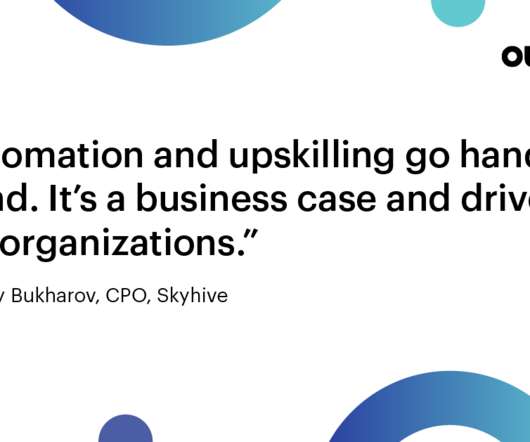Leveraging Data Analytics for Strategic Workforce Planning
EmployeeConnect
MARCH 26, 2025
Strategic workforce planning is essential for organizations looking to stay ahead in an increasingly competitive business landscape. Gone are the days when workforce decisions were made based on intuition or outdated models. Beyond forecasting talent needs, HR analytics play a crucial role in optimising workforce allocation.























































Let's personalize your content